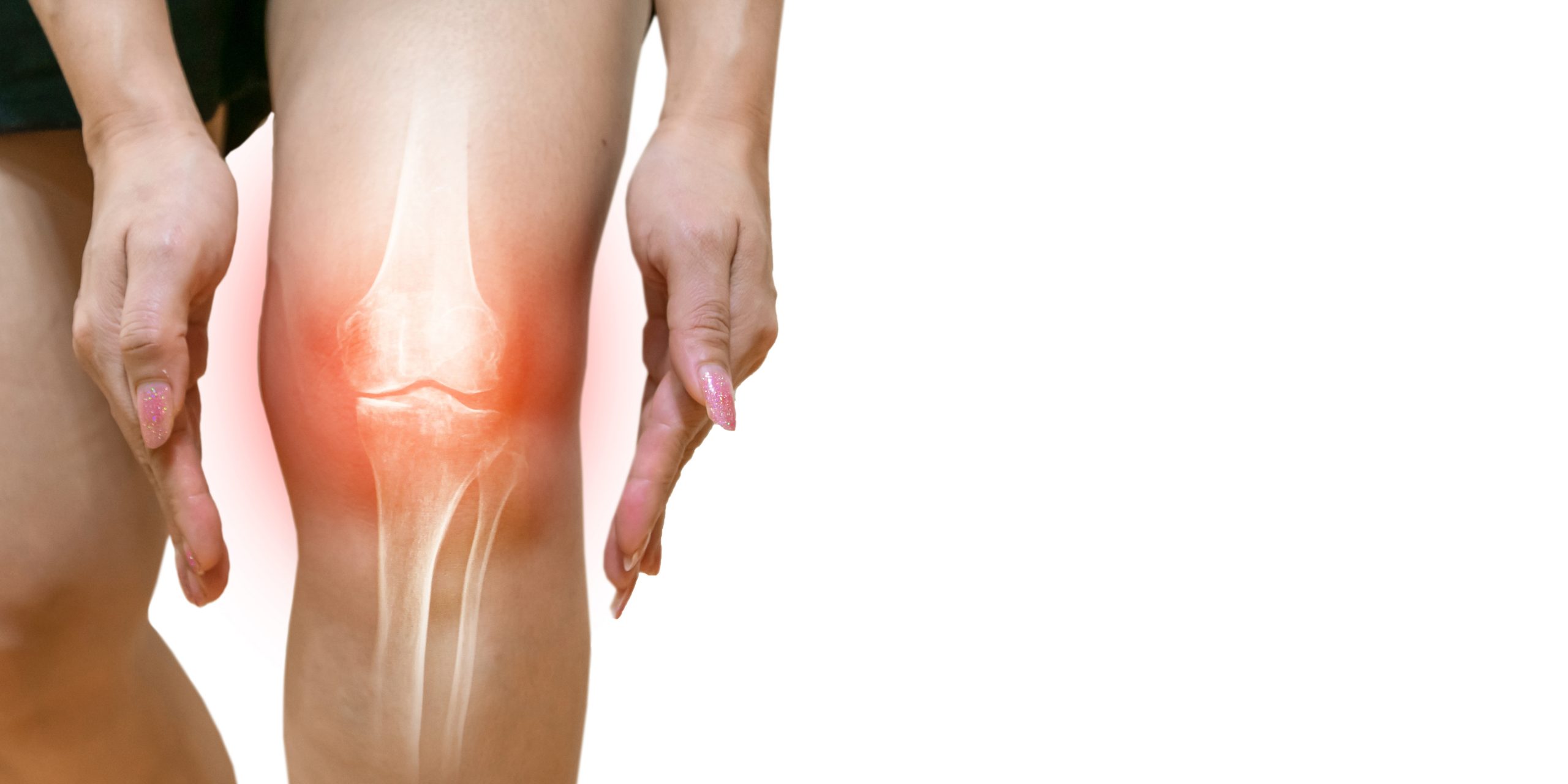RxBlack
ARPwave’s premier therapy device, and is revered within elite athletic communities.
FlexDoctor
Integrates our revolutionary waveform into a portable, handheld device,
offering convenient pain reduction with just the push of a button.

Osteoarthritis (OA) is one of the most common joint disorders, affecting millions of people worldwide. When OA progresses to its advanced stages, it can lead to a condition known as “bone-on-bone osteoarthritis.” This stage occurs when the cartilage that cushions the joints deteriorates so much that the bones in the joint directly rub against each other. This painful condition can significantly affect a person’s quality of life, limiting movement, causing chronic pain, and in severe cases, leading to disability. However, recent advancements in pain management and rehabilitation technologies, such as ARPwave therapy, offer new hope for individuals suffering from bone-on-bone osteoarthritis.
Osteoarthritis is primarily a degenerative joint disease, where the protective cartilage that cushions the ends of the bones begins to wear down over time. In the early stages, this can result in joint stiffness, swelling, and pain. As the disease progresses, the cartilage becomes increasingly damaged, and eventually, the bones in the affected joint may begin to rub directly against each other — this is known as “bone-on-bone osteoarthritis.”
When bone-on-bone OA occurs, the joint loses its smooth range of motion, and the bones can even develop growths, known as bone spurs, to compensate for the loss of cartilage. This can cause more pain, inflammation, and further damage to the surrounding soft tissues. Commonly affected joints include the knees, hips, and spine.
The symptoms of bone-on-bone OA are often severe and can include:
As the pain and stiffness intensify, many people with bone-on-bone osteoarthritis experience difficulty in performing routine tasks such as walking, climbing stairs, or bending over. In the most extreme cases, surgical interventions like joint replacements may be necessary.
There are various treatment options for bone-on-bone osteoarthritis, depending on the severity of the condition. These typically include:
While these treatments can provide temporary relief, they may not address the root cause of the condition or promote long-term healing. This is where therapies, such as ARPwave, can offer a promising alternative.
ARPwave is an innovative and non-invasive therapy that uses a combination of electrical stimulation and therapeutic exercises to address pain, improve muscle function, accelerate tissue healing and reduce or eliminate pain. Unlike traditional electrotherapy, ARPwave targets the root causes of pain and dysfunction by stimulating the nervous system with a unique waveform to improve communication between the brain and muscles. This process helps reduce pain, increase circulation, and promote faster healing.
ARPwave utilizes high-frequency electrical pulses to engage the muscles around the joint, prompting them to contract and relax in a rhythmic manner, which aids in restoring muscle strength and joint function. The therapy also stimulates the body’s natural healing processes, reducing inflammation and promoting the regeneration of soft tissues.
Bone-on-bone osteoarthritis can be a debilitating condition that severely impacts your quality of life. While traditional treatments often focus on pain relief or surgical intervention, ARPwave therapy offers a more holistic solution by targeting the root causes of pain, muscle weakness, and joint dysfunction. By combining electrical stimulation, muscle re-education, and improved circulation, ARPwave therapy helps enhance mobility, reduce pain, and manage the symptoms of bone-on-bone osteoarthritis. If you’re seeking a non-invasive, effective treatment option, ARPwave could be a game-changer in your pain management and recovery journey. With flexible treatment plans available, ARPwave makes it affordable for you to experience the benefits. Contact us today to learn more.
Leave your details below and one of our operators will contact you.